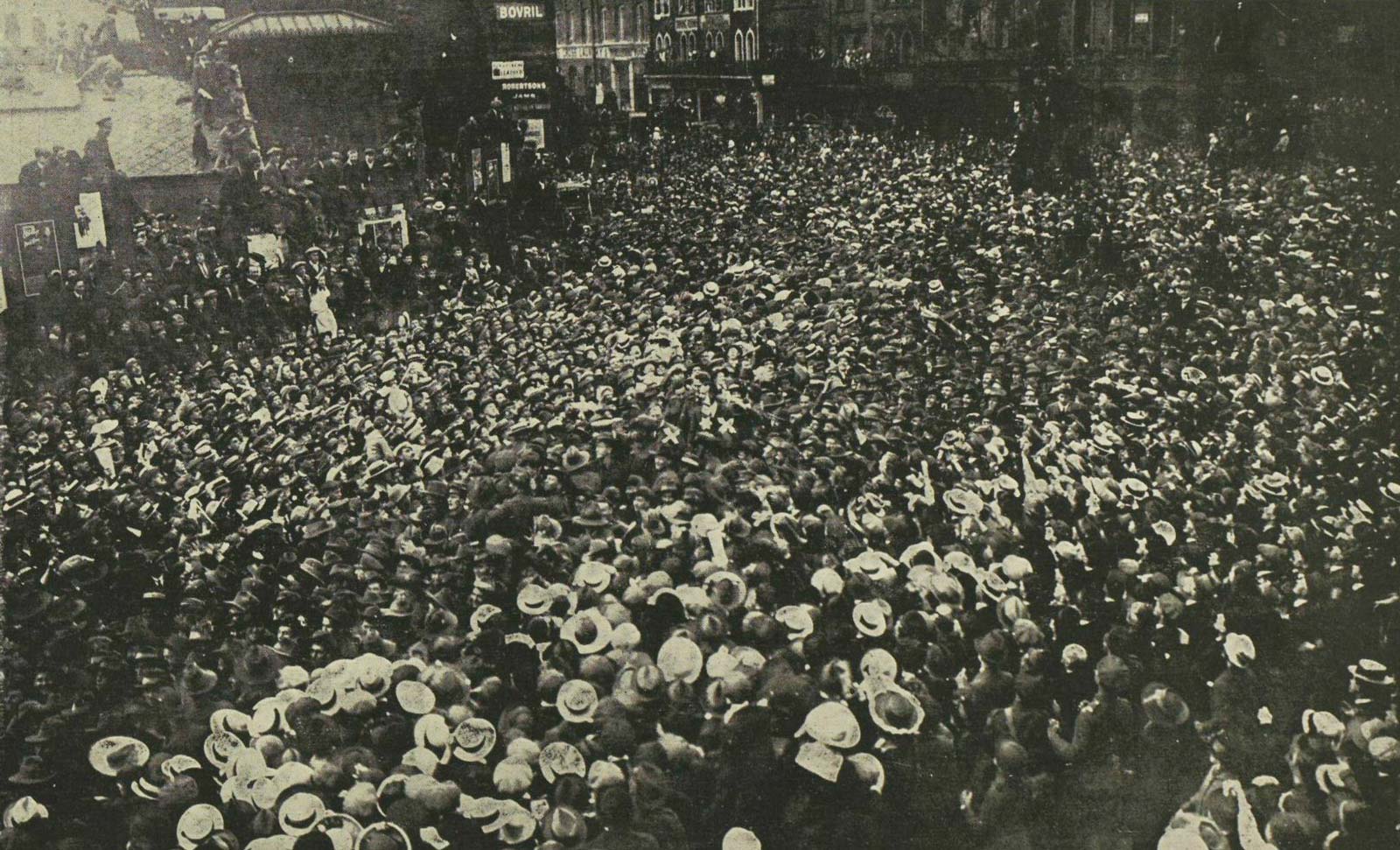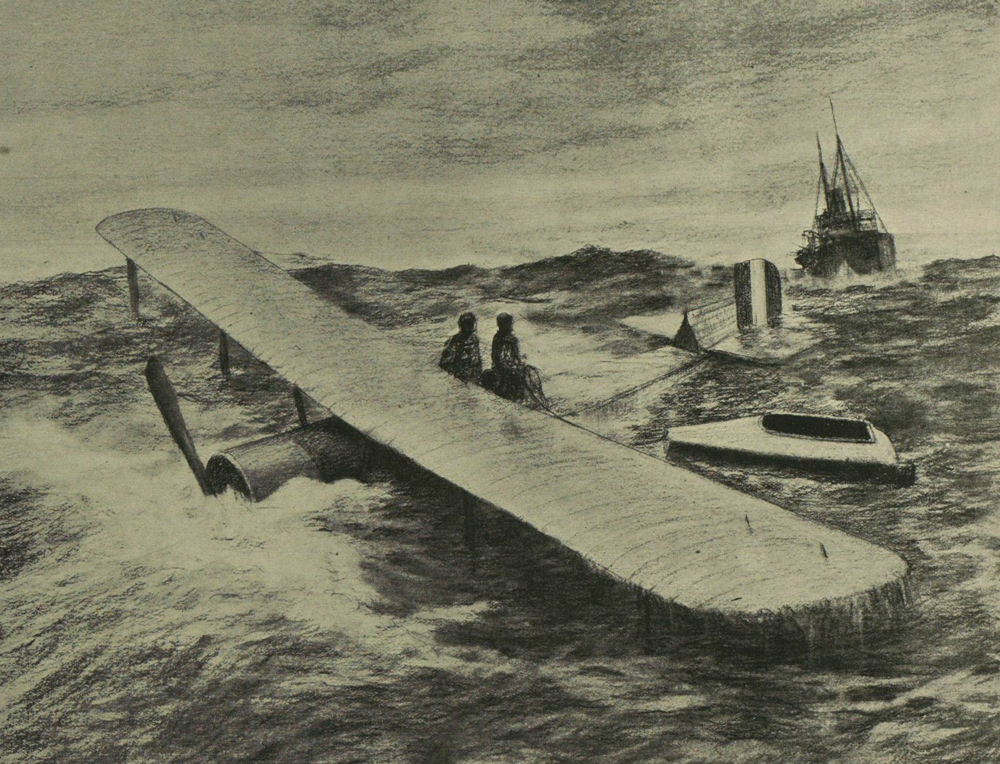Airmen recovered in Atlantic ocean 750 miles from Irish coast
London, 27 May 1919 - Two airmen, who went missing during a race to be the first to fly across the Atlantic, have been found alive and well.
The Australian pilot Harry Hawker and his navigator Commander Kenneth MacKenzie Grieve, set off from Newfoundland in Canada on 18 May and had been expected to land in Clifden on the west coast of Ireland, but concern for their welfare was raised when they failed to arrive.
It is understood that, having travelled 1,100 miles, the airmen fell 750 miles short of the western coast of Ireland, before being picked up by the Danish ship, Mary. The Mary is not equipped with a wireless apparatus, so it was not until it came into view of land on the morning of 25 May that the crew was able to convey the news by visual signals.
The Irish Times has declared the rescue of the men from the sea as the ‘nearest thing to a miracle that men have witnessed in modern times’. Reuters reports that New York ‘literally went mad with happiness’, when the news of Hawker and Grieve’s rescue was announced.

Hawker and Grieve (both marked with an X) arrived in London on 27 May. Huge crowds greeted them at King's Cross station (Image: Illustrated London News [London, England], 31 May 1919)
Mr Hawker gave reporters an account of his various travails. The problem, he explained, related to the choking of the circulation system on the aircraft:
‘When we were about 12 ½ hours on our way the circulation system was still giving trouble, and we realised we could not go on using up our motor power. Then it was that we reached the fateful decision to play for safety. We changed our course and began to fly diagonally across the main shipping route for about 2 ½ hours, when, to our great relief, we sighted the Danish steamer, which proved to be the tramp Mary. We at once sent up our Verey light distress signals. They were answered promptly, and then we flew on about two miles, and landed in the water ahead of the steamer. The sea was exceedingly rough, and despite the utmost efforts of the Danish crew, it was one and a half hours before they succeeded in taking us off. It was only at great risk to themselves… Altogether, before being picked up we had been 14 ½ out from Newfoundland.’
The £10,000 prize for the first transatlantic flight has yet to be won. But the Daily Mail, who offered the award, has decided to present Hawker and Grieve with a ‘consolation prize’ of £5,000 to recognise ‘the determined nature of their effort which has filled their countrymen and women with admiration’.
Footage of the captain and crew of the Mary, the ship that rescued Hawker and Grieve. Courtesy of British Pathé
[Editor's note: This is an article from Century Ireland, a fortnightly online newspaper, written from the perspective of a journalist 100 years ago, based on news reports of the time.]





















